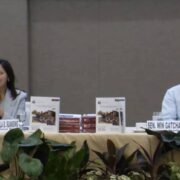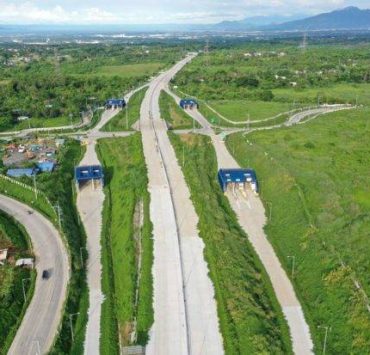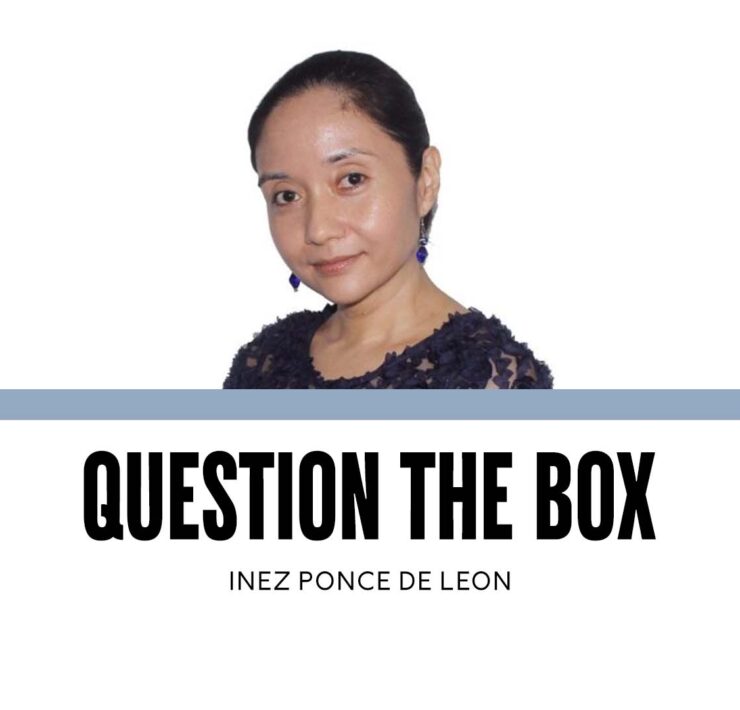‘Mema’

Last week, social media users were greeted with an image of what looked like the unholy offspring of a deadly waterslide and an evil rollercoaster. The captions made the photos even more bewildering: It was a wheelchair ramp for the Edsa busway, meant to assist persons with disabilities (PWDs).
What followed was humor-laced flak: users modified the photo to show vacationers floating on lifesavers and sipping cocktails while cruising down the slide; others christened the ramp “stairway to heaven.” An actual wheelchair-bound PWD tested the ramp and showed videos of the struggle to use it with the help of someone also struggling to keep the wheelchair stable.
The response to the criticism, in general, took the tone of, “At least the government is doing something.”
This brings to mind an oft-used word that once populated online conversations, classrooms, and informal minutes of the meeting: “mema.” It’s a shortened version of the Filipino “may masabi lang” (less irritating is its rough English translation: “just to say something”).
Its context is that of a person talking for the sake of talking, even when what they say simply repeats something already stated, provides no clear direction for or contribution to the discussion, or has no sense at all.
It applies to the internet commenter who defends wrongdoing using an ad hominem or non-sequitur (usually a troll or paid hack); the student who speaks senselessly in class for the sake of getting recitation points; the person in the meeting who doesn’t want to look silly for having attended just for the food, and decides to say something in case people forgot that they existed.
Today, government agencies and politicians give new variants to mema. “May masabi lang na ginawa” (for the sake of saying that they did something), which could be shortened to “may magawa lang” (for the sake of doing something, which could also, by extension, mean “for the sake of spending funds set aside to address issues such as poverty, safety, and mobility”).
This was something I saw in my students’ thesis last year when they showed LRT representatives data that said that women still didn’t feel safe on the train systems.
The response: “Didn’t the women see our posters in the stations? Don’t they know that there are security personnel on standby? Didn’t they hear our announcements about reporting their problems?”
My students had actually spoken to women who had real fears and concerns about commuting, and who had experienced harassment.
This was also something I saw in our research audit years ago when I showed that people living in a flood-prone area of the city would evacuate only when they were told to do so by local officials. It was not because they didn’t trust the weather bureau, but because they listened to people living in the same area that they did.
The response: “Don’t they watch the news? Don’t they see the posters and warnings? Why do we have to train local officials? Just give us information to print!” I had actually conversed with people who experienced the floods as a reality, rather than as some abstract problem for government auditors to play with in a design exercise.In both these cases, the problems ran far deeper than the paltry means used to solve them.
Posters? Tarps? Announcements and warnings crafted on the fly? All mema. All token responses. The problems? Congested urban spaces unmasking the long-standing crises of a culture of misogyny, a lack of economic opportunities, and systemic poverty. The responses also betray a lack of understanding of how to address people’s needs.
It appeared that government agencies saw their duty as one of speculating on people’s lives, executing costly projects based on the speculation, and then entertaining people with pretty colors and famous actors to console them in their misery at having to deal with the real horrors and anxieties of the everyday.
Their real duty? Seek people out. Talk to the vulnerable. Listen to their concerns. Act on them.
The real goal? Make governance about human beings rather than data. Craft infrastructure that responds to the need of people to move with both safety and dignity rather than the need for an office to legitimize its existence.
Public service is not about lawmakers parading in the latest fashion down a red carpet so that they can sit in a hall and listen to stories about promises, trips, and pledges, all to the tune of P20 million.
It’s accepting the truth of the state of the nation, and that state is not in a speech. It’s represented by a wheelchair ramp that looks like an infrastructural murder machine; it’s represented by a tokenistic attitude to what should be governance rather than a mere government.
The Pogo ban and firm stance on our territorial claims in the West Philippine Sea had better come to fruition, or we’re inheriting a lazy government’s mana—not an heirloom or estate, but an order to just be quiet. “Manahimik na lang kayo.” But why stay quiet when our taxes are used to fund mere tokens of duty?
iponcedeleon@ateneo.edu


















